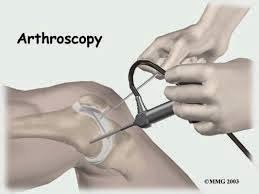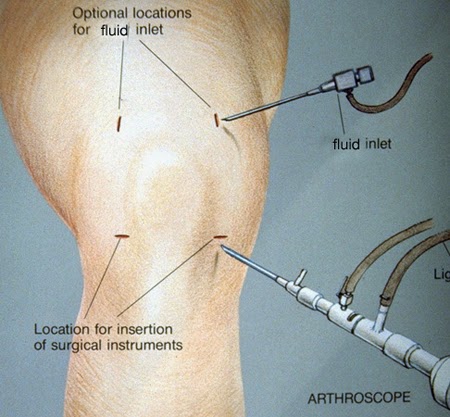
The anterior cruciate ligament or ACL as it is more commonly referred to as being the most important ligament in the lower leg. It provides the knee with its rotation stability and stops the tibia (the main bone of the shinbone) from sliding out of line with the femur (the thighbone).
The anterior cruciate ligament is particularly prone to injury as a result of repetitive jarring activity and sports-related injuries and is responsible for most knee injuries to occur. A torn ACL is a very common injury in football players, runners and athletes of all sorts, and is a significant cause of pain in most of the joint.
Although the location and severity of ACL rupture may vary from patient to patient, it usually affects the outer inner thigh and is easily treated with anti-inflammatory drugs such as ibuprofen. If the torn ligament is minor or is accompanied by some other type of injury, such as bone spurs, the only way to prevent further damage is to give the body time to heal itself and repair the torn ligament.
In cases where the rupture is more severe, the ligament must be repaired surgically, a process known as arthroscopic surgery or reconstructive surgery. The goal of this type of surgery is to restore the torn ACL to the correct size, shape, and position to avoid future injury. In most cases, operations to rupture the ACL, the damaged ligament is replaced at the injury site using synthetic materials that mimic the natural characteristics of the original ligament. The purpose of this surgery is to reduce the symptoms of pain in the injured area as well as correct any movement problems.
Some of the common areas in which patients undergo ACL reconstruction are the front of the knee, the inside of the patella, and the inside of the patella. Depending on the severity of the rupture, the reconstructed ligament can be placed in various locations, depending on what is best suited to meet the patient's needs.
An important note about anterior cruciate ligament rupture surgery is that results may vary depending on the severity of the injury. and the location of the injury, so it is very important to consult your doctor when considering this procedure. For this reason, it is very important to consult a physical therapist, especially if the injury is severe enough to warrant surgery.

Physical therapy that is used after ACL surgery usually includes stretching, strengthening, and stabilization exercises to prevent further injury. The goal of physiotherapy is to restore the damaged ligament to its proper condition so that it can fully support the body again, preventing muscle and ligament atrophy.
A torn ACL will always need to be treated carefully in order to avoid further damage and to restore full knee functionality
While there is no known cure for the condition, the right treatment plan is essential to reducing the effects of a torn ACL. This condition will always require treatment regardless of how small the tear or what the actual level of injury may be. When a physical therapy plan has been implemented, it is very important to be careful not to overstretch the muscles surrounding the area.
In most cases, the best option for a patient who suffers from a torn ACL is to seek rehabilitation treatment after the surgery. Physical therapy is often the first course of action in this case and is done in a medical facility that provides medical supervision. Patients who have undergone an ACL injury will need to be monitored closely and treated properly to avoid reoccurring injury.
After rehabilitation, patients should always continue with physical therapy to keep the ligament in its best possible state of health. By combining rehabilitation and physical therapy, a patient can ensure that the torn ligament does not become weaker than it was before the injury occurred.
While there is no cure for a torn ACL, there is still hope for patients that suffered the injury to get back to their normal levels of activity. With the proper care and attention, patients can have the benefits of mobility and function in the right direction.